World Model: Innovation Release
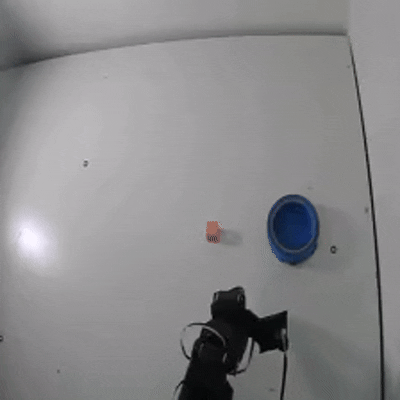
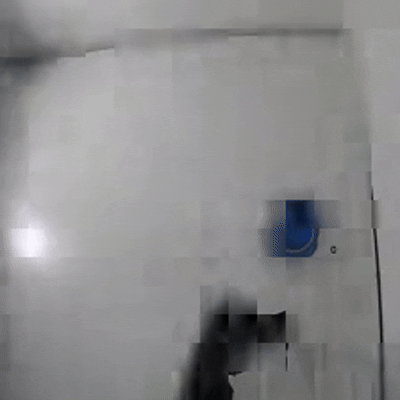
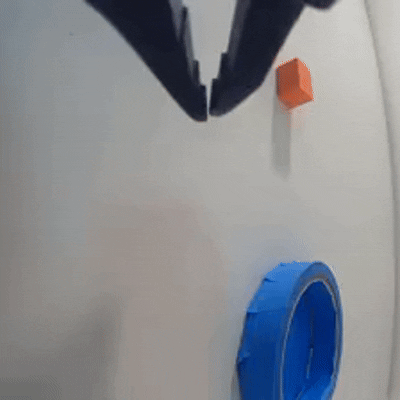
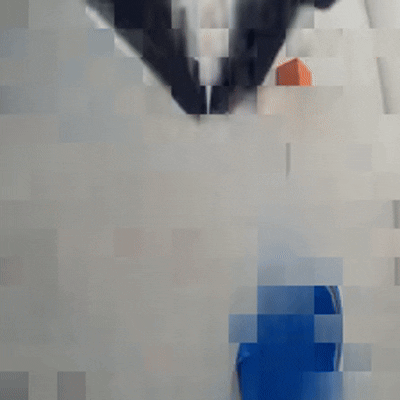
We aim to bring intuition to every robot, enabling them to learn, adapt, and act in real time—much like humans develop motor control and spatial awareness from infancy.
Robotic systems today are caught in a trade-off: larger models offer better generalization but suffer from slow inference, rendering them impractical for time-sensitive interaction. Smaller models offer faster inference but lack the complexity to generalize effectively in real-world scenarios.
To break this deadlock, our system combines both: an edge model that learns "muscle memory" and reflexive behaviors, capable of millisecond-level responses, and a cloud model that oversees long-term planning and learning, guiding the robot without micromanagement.
Like the cerebellum and prefrontal cortex in humans, this dual-system architecture creates a synergistic control model capable of learning from experience and adapting on the fly.
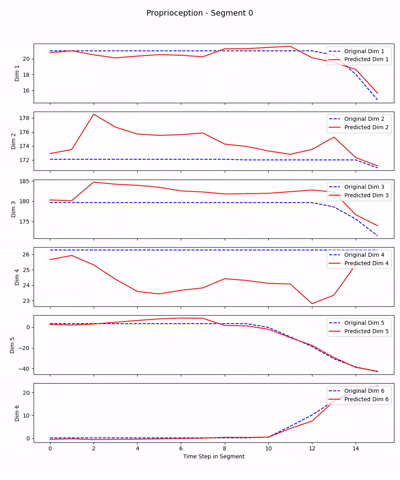
Our system develops three forms of awareness: spatial awareness for understanding position and geometry in the environment, temporal awareness for sequencing actions over time to achieve goals, and self-awareness for recognizing one's own body configuration and dynamics.
Imagine a baby exploring its own limbs. That's how our robot learns its body—by interacting, failing, and adjusting. This triad of awareness is essential to real-time, robust robotics that functions seamlessly in human environments.
Humans do not operate at a single speed. Our attention and reaction times vary based on context. In contrast, traditional robot AIs operate with uniform latency, resulting in missed opportunities for fast correction and robotic behavior that is too slow or too coarse for delicate manipulation.
A slow AI will knock your mug off the counter. Our adaptive AI will catch it before it hits the ground.
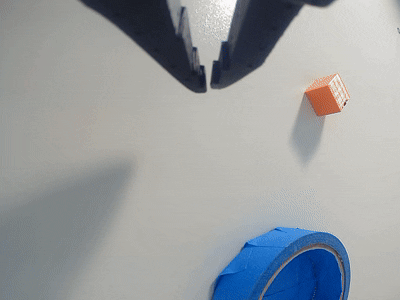
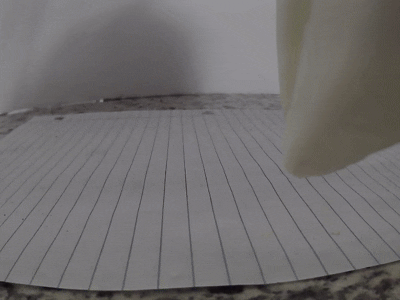
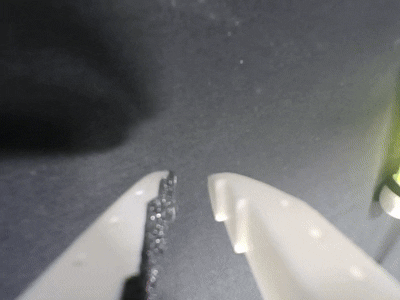
Traditional robotics relies on handcrafted controllers, expensive hardware, and simulation pre-training. Our philosophy: any movement is an opportunity to understand yourself.
Every interaction—whether success or failure—is learning data. By removing the dependence on large datasets and simulation, we reduce costs by orders of magnitude and enable real-time fine-tuning from minimal data.
Traditional robotic control is purely kinematic. We add a new modality: proprioceptive adaptation. For the first time, robots can "feel". Given a target motor position, the robot can use its internal feedback to adapt the motion, correct in real time, and achieve low-latency updates.
Runs entirely on the edge—no delay, no external dependencies.